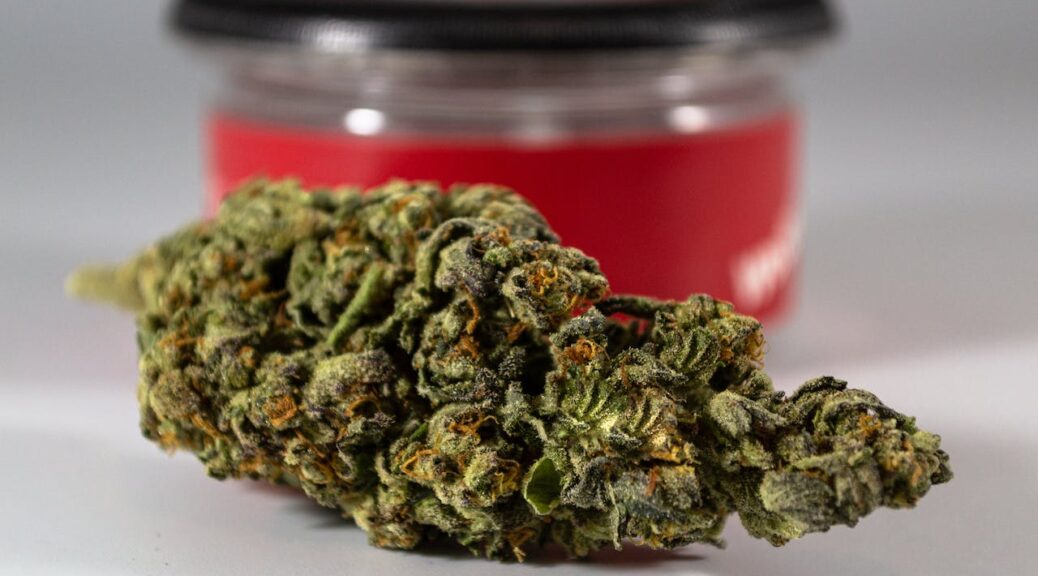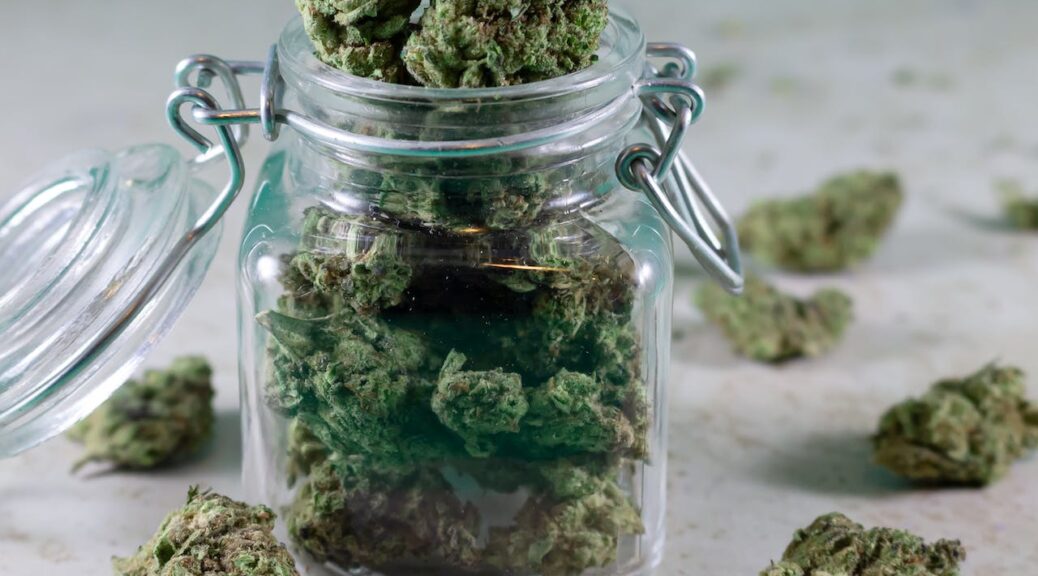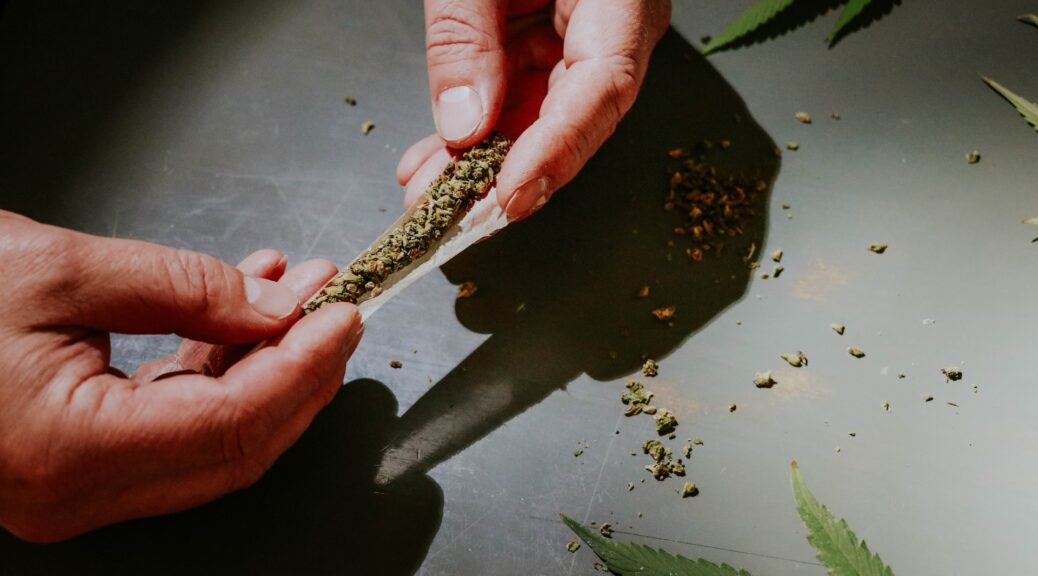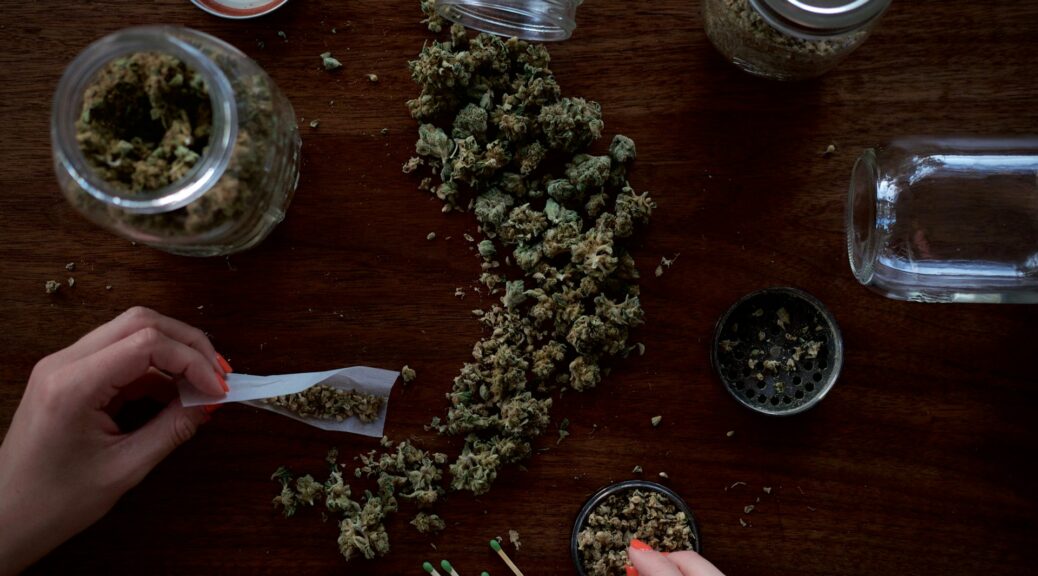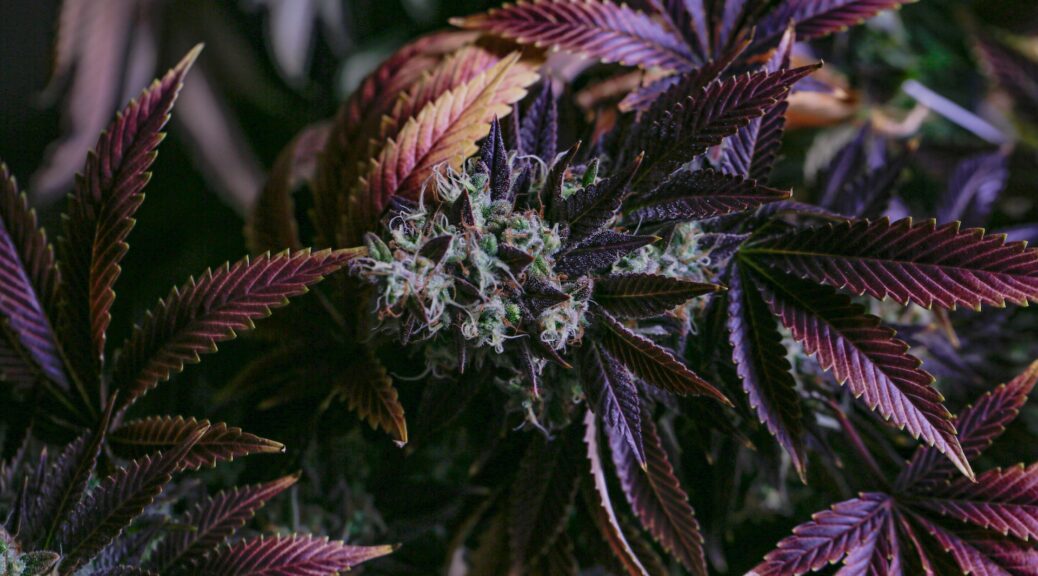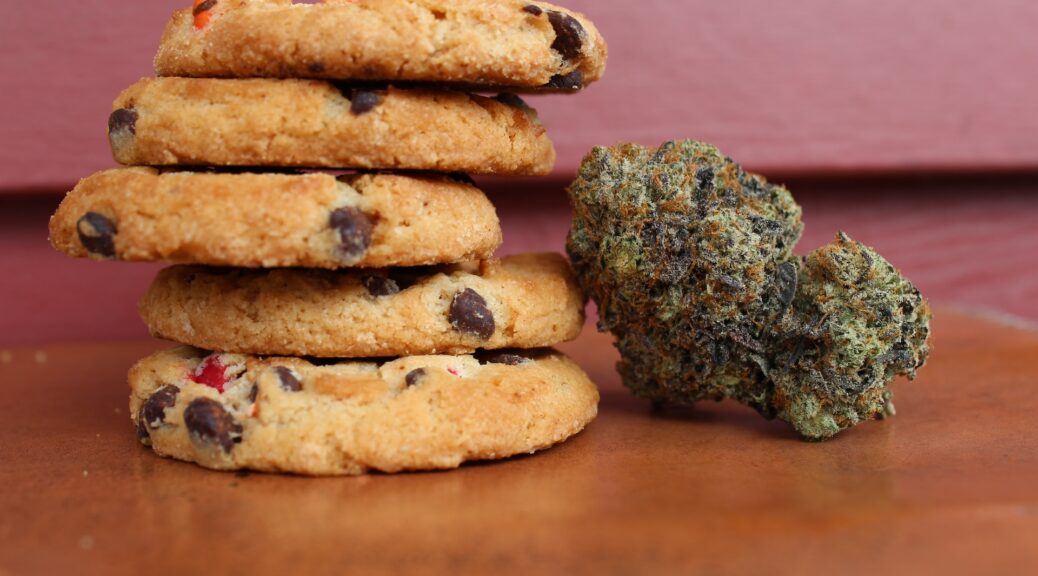You’ve just rediscovered a stash of weed tucked away in the back of your drawer. As you hold it in your hand, a question crosses your mind: “Does weed ever go bad?” It’s a common question, especially if you’re not blazing through your stash at lightning speed.
The short answer is: Yes, weed can go bad, but it’s not quite the same as your milk turning sour or bread getting moldy. Think of cannabis more like a bunch of dried herbs or maybe that fancy loose-leaf tea you save for special occasions.
Let’s talk about how weed goes bad and what you can cause it.
Cannabis Composition and Degradation
THC, the primary psychoactive compound, can break down and lose its potency, while CBD may also deteriorate at a different rate.
Terpenes, responsible for the aroma and flavor, can evaporate or alter, changing the sensory experience of the cannabis. As cannabis ages, it may undergo physical changes, such as becoming dryer and losing its original color and texture.
Factors Contributing to Cannabis Deterioration
Cannabis deterioration can be attributed to several key factors. Exposure to air leads to oxidation, which can degrade cannabinoids and affect potency.
Light, particularly UV rays, can also have a detrimental impact on the quality of cannabis, leading to the breakdown of essential compounds. Temperature and humidity also play significant roles, meaning extreme conditions can accelerate the degradation process.
The way cannabis is stored and handled can either preserve its quality or contribute to its deterioration, making proper storage methods essential for maintaining its freshness.
Related: Indica vs. Sativa vs. Hybrid: Choosing the Right Cannabis Strain
Signs of Deteriorating Weed
Several tell-tale signs can indicate your weed may be deteriorating. A change in appearance, such as a loss of vibrant color or a shift in texture, can be a clear indicator.
Alterations in smell and aroma are also signs, as fresh cannabis has a distinct scent that fades or changes as it ages.
A noticeable loss of potency and effectiveness can point to THC degradation. The presence of mold or mildew is a severe sign of spoilage, and a harsh or unpleasant change in smoke quality can also indicate that the weed is past its prime.
Health Risks of Consuming Old Cannabis
Using old or degraded cannabis carries potential health risks. The presence of mold and bacteria on spoiled cannabis poses a significant health hazard, especially for users with compromised immune systems.
Consuming moldy or contaminated weed can lead to respiratory issues and other health complications. It’s essential to inspect your cannabis for visible signs of spoilage and to discard any cannabis that appears unsafe for consumption.
While cannabis does not expire in the traditional sense, it certainly degrades over time, affecting its potency, flavor, and safety.
Related: What’s Your Favorite Color? Recommend a Strain for Beginners
Alt text: a man holding a jar filled with cannabis
Proper Storage Solutions for Prolonging Shelf Life
First things first, the golden rule of cannabis storage: keep it cool, dark, and dry. These are the ideal conditions to maintain the quality of your bud. Think of it like storing a fine wine or gourmet cheese – the right environment can make all the difference. You want to protect it from the enemies of freshness: air, light, and moisture.
Now, when it comes to containers, think airtight. Airtight containers are your best bet for keeping the air out, and the goodness in. Glass jars with a good seal are a popular choice – like the trusty fridge keeping your food fresh. Plus, you can easily check on your stash without exposing it to air.
But hey, not everyone wants to shell out cash for fancy cannabis storage solutions. The good news is there are some great DIY solutions, too. Think along the lines of mason jars or any clean, dry, and airtight container you might have lying around. Just make sure it’s clean and dry to prevent any mold or mildew from crashing the party.
When deciding between commercial storage products and DIY solutions, consider factors like how much weed you’re storing and for how long. Commercial products often come with added perks like humidity control, but for many users, a simple mason jar will do the trick.
If you have any questions related to weed, we would love to answer them. Contact us here.
The Role of Humidity in Cannabis Storage
Humidity control is another vital aspect of storing cannabis effectively. The ideal humidity range for cannabis preservation typically lies between 59% and 63%. At this level, the environment is not too dry to cause the trichomes to become brittle and break off, nor too humid to encourage mold growth.
Using humidity control packs in your storage containers can help maintain this ideal humidity level. Improper humidity management can lead to a loss of potency and can make your cannabis unsafe for consumption.
Impact of Temperature on Cannabis Longevity
Finding the right balance in temperature control is vital to keep your weed pristine. This might mean storing your cannabis in a basement or a lower cupboard where temperatures are more stable. Simple tips for maintaining stable storage temperatures include avoiding areas near appliances that produce heat or places that receive direct sunlight.
Related: Edibles Vs. Smoking: Which is Better For You
Special Considerations for Edibles and Concentrates
Edibles and concentrates have different storage requirements compared to cannabis flowers. Due to their food-based ingredients, Edibles often have a shorter shelf life and may require refrigeration.
The longevity of concentrates and oils also varies, with some forms, like shatter and wax, lasting longer than others.
Staying informed about the best practices in cannabis care is crucial for any cannabis enthusiast. Visiting Weedcolors offers comprehensive insights into all aspects of cannabis care and storage, so make sure you stop by today.
Preserving the Quality of Your Cannabis
Unfortunately, cannabis does indeed degrade over time. However, if the cannabis is stored correctly, it can slow the process down.
Remember, the key factors contributing to cannabis degradation are air, light, humidity, and temperature. By managing these elements, you can preserve the potency, aroma, and overall quality of your cannabis.
Proper storage is paramount when it comes to maintaining the quality of your cannabis. This means storing your weed in airtight containers, away from direct light, in cool and stable environments, and at the proper humidity levels. Such practices not only prolong the life of your cannabis but also ensure that each experience remains as enjoyable and effective as the first.

